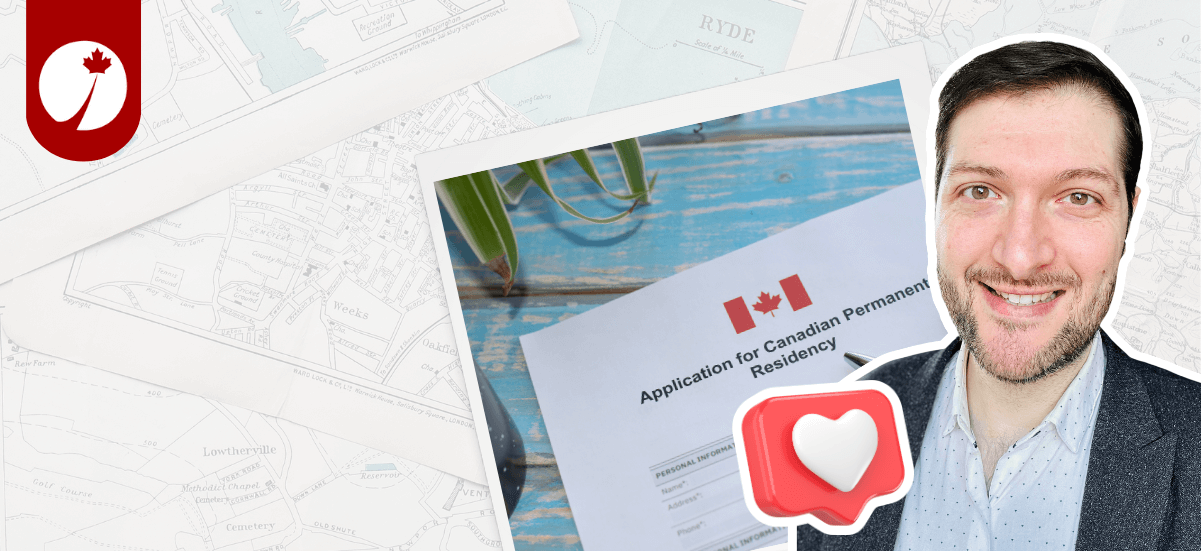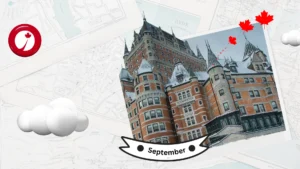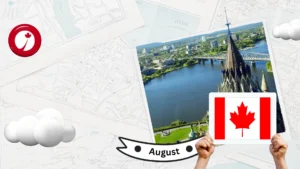Being able to study or work in Canada is the gateway to the country, and also the pathway through which many immigrants have the opportunity to stay and live in Canada permanently.
What does permanent residence mean?
It is the immigration status that allows a foreigner to stay permanently in the country, without the need to update her status. In other words, once someone becomes a permanent resident, there is no longer any need to renew permits of any kind, at least for a period longer than 5 years. Also, with the exception of participating in political elections, a permanent resident has all the other rights and obligations of a Canadian citizen.

What ways are there to make the transition from temporary resident (student or worker) to permanent resident?
There are two main ways to apply for permanent residence (also known by its abbreviation “PR”). These two paths have to do with two types of immigration application programs that involve different governments:
- Express Entry - Under Federal Government
- Provincial Nomination Programs - Under the Government of each province
Express Entry - Federal Program
Express Entry is perhaps the most famous program of all as the mechanism to become a PR in Canada. It has been active since the beginning of 2015, and has become a favorite of many applicants who manage to meet the necessary requirements to have the right score that makes them competitive to be invited.
Before talking about how the system itself works, it must be clarified that there are 3 categories under Express Entry and that each one points to a different type of candidate’s profile.
Canadian Experience Class
Canadian Expericence Class is the category that necessarily requires qualified experience in Canada. This must be of at least 12 months (full-time or cumulative part-time, a total of 1,560 hours and no more than 30 per week) and a language level of CLB 5 or 7.

Federal Skilled Worker
Federal Skilled Worker is the category of experience abroad. It is best suited for those who have already completed careers in their countries and want to make the most of their experience, education and language skills. They must be eligible for the category by gathering at least 67 points out of 100 in the qualification system, a CLB 7 language level and a minimum of completed secondary education.

Federal Skilled Trades
Federal Skilled Trades this category focuses on those people who have an occupation that falls within a code represented by a “trade“, that is, masonry, carpentry, blacksmithing, painting, etc.

With Express Entry, the important thing is to be able to enter the system by meeting the requirements of one or more of the categories, and at the same time accumulate a sufficient score for the Government to pick that profile from the pool of applications and issue an “Invitation to Apply”. Once the candidate is invited to apply, they have 60 calendar days to submit a complete package of information and supporting documents to the government, pay the fees, and submit that application.
From the moment it is received, the Government calculates a processing time of between 6-9 months. Although due to the consequences of the pandemic and the war in Ukraine, these times have been longer lately. Since each applicant has a different story, the best way to know if you are eligible to apply by meeting all the requirements and what is the approximate score you would have in one category or another, it is best to make a consultation, where your profile can be evaluated and the score calculation can be made.
Povincial nomination - Provincial Program
Provincial nominee programs, as the name suggests, depend on each particular province. And in each one, there are many categories that fit different applicants’ profiles. The crucial thing to highlight about these programs that the vast majority have in common is the following:
- The applicant must be employed by an employer that has its business registered in the province for which the nomination is sought.
- The application is joint between the applicant and the employer. It is what is commonly known as "sponsorship" by an employer.
- It is a double application: on one hand, an application is presented with the provincial government, and if that process is approved, then the "nomination" is received. This means that the province makes the presentation to the federal government that the applicant is a good profile as an economic immigrant for that province. The second stage of the process is the confirmation of the grant of permanent residence by the federal government.
- The applicant must remain employed with the employer for the duration of the entire application process, both with the province and the federal government.
As can be seen, this process is a bit more complex and lengthy than Express Entry, however, the way in which these programs assign scores to applicants is usually friendlier and simpler than Express Entry. While the latter mainly takes into account: age, language level, work experience and education, the provincial programs focus more on: salary, region where the job offer is, Canadian experience in the sector, studies in Canada, language level, etc.
In total there are around 100 different streams of provincial nomination programs, which makes this immigration mechanism very broad. In other words, in order to know which one best fits an applicant’s profile, an analysis of that applicant’s profile must be carried out to understand which one would be best. However, it is worth remembering that with very few exceptions, these programs require a legitimate and generally indefinite job offer from an eligible employer. Therefore, it is advisable to first start with the job search, taking into account the professional objectives that you would like to achieve.
Conclusión
So now you know what are the ways to get permanent residence in Canada! And of course, remember that at Velosa Immigration we are here to make your Canadian dream come true, so we are waiting for you in a consultation to start your project of making Canada your new home!








